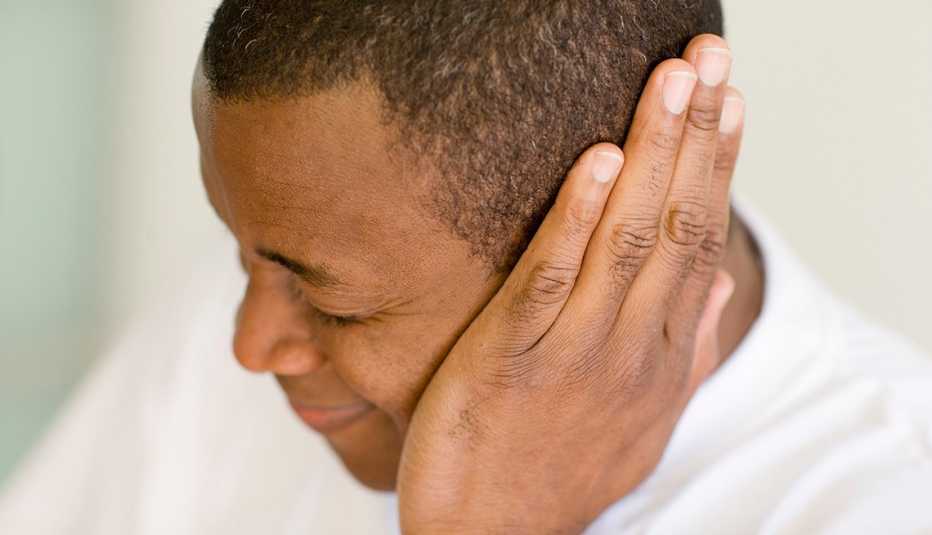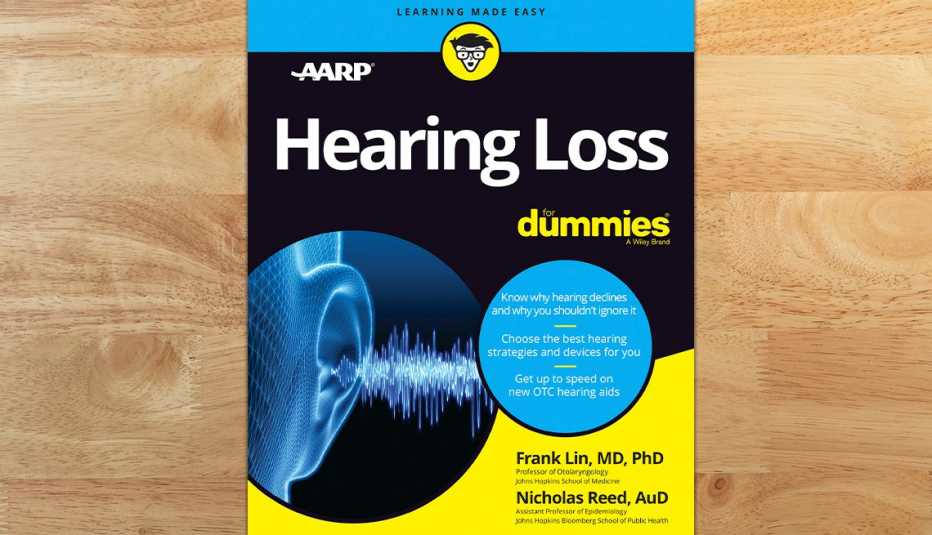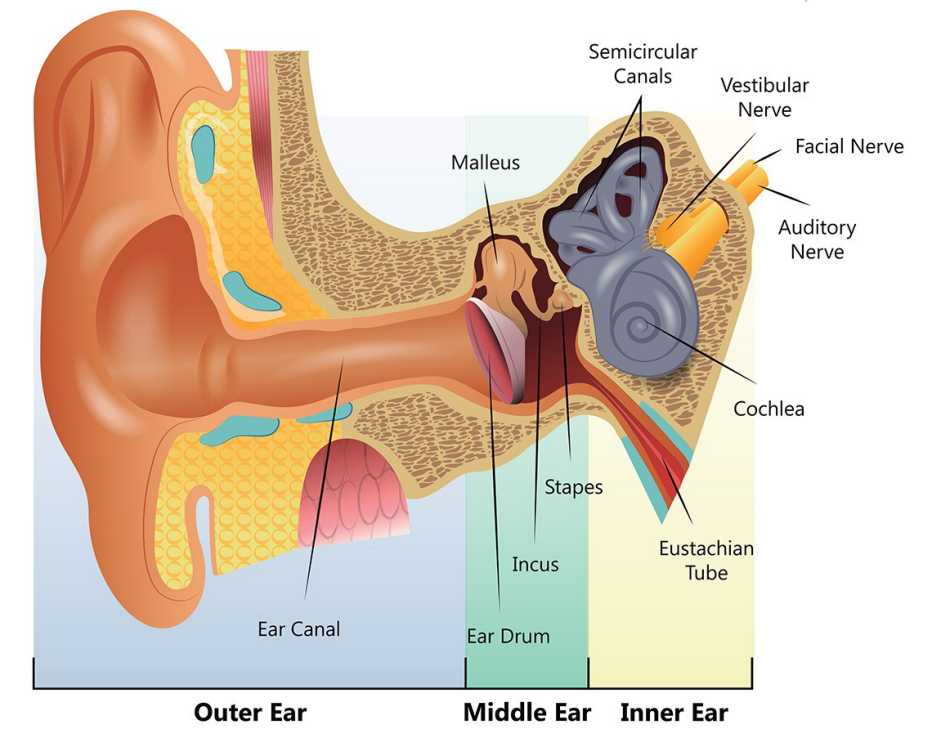AARP Hearing Center


Key takeaways:
- External ear infections happen when moisture is trapped in the ear canal.
- Trapped fluid also causes most middle ear infections.
- Inner ear infections are rare and are thought to be caused by viruses in the ear.
- All three types of infections can cause different kinds of hearing loss.
Adapted from AARP’s Hearing Loss for Dummies, by Frank Lin, M.D., and Nicholas Reed, Au.D.
At some point in your life, you’ve probably had an ear infection. But did you know that ear infections can temporarily — or permanently— affect your hearing?
What causes ear infections?
Ear infections can actually involve any of the three parts of your ear — external, middle and inner.
Infections of the external or middle ear generally just lead to a temporary conductive hearing loss until the infection resolves, whereas infections of the inner ear often lead to a permanent sensorineural hearing loss. (See box on types of hearing loss.)
Types of ear infections
1. External ear infections


An external ear infection is when the skin of the ear canal becomes infected. This can be triggered by too much moisture in the ear canal (often known as swimmer’s ear), which makes it easier for bacteria to grow. Another common cause is when someone sticks their finger or a cotton swab in the ear and inadvertently traumatizes the skin, leading to an infection. External ear infections often cause pain, swelling and drainage from the ear, and may occasionally be accompanied by a temporary decrease in hearing related to swelling or infected material in the ear canal that prevents sound from getting to the eardrum. Once this infection resolves, the transient hearing loss resolves as well.
If you think you have an external ear infection, contact your primary care physician or an ENT (ear, nose and throat doctor), because you may need the ear cleaned and antibiotic ear drops or pills.





































































Next in series
Common Causes of Ear Pain Explained
Infections, excess earwax, and other problems may be to blame.